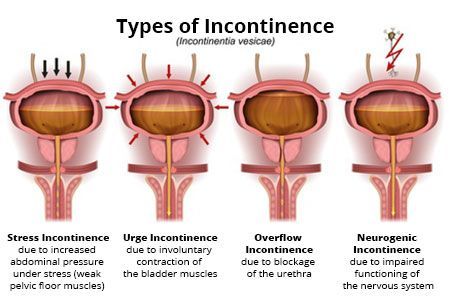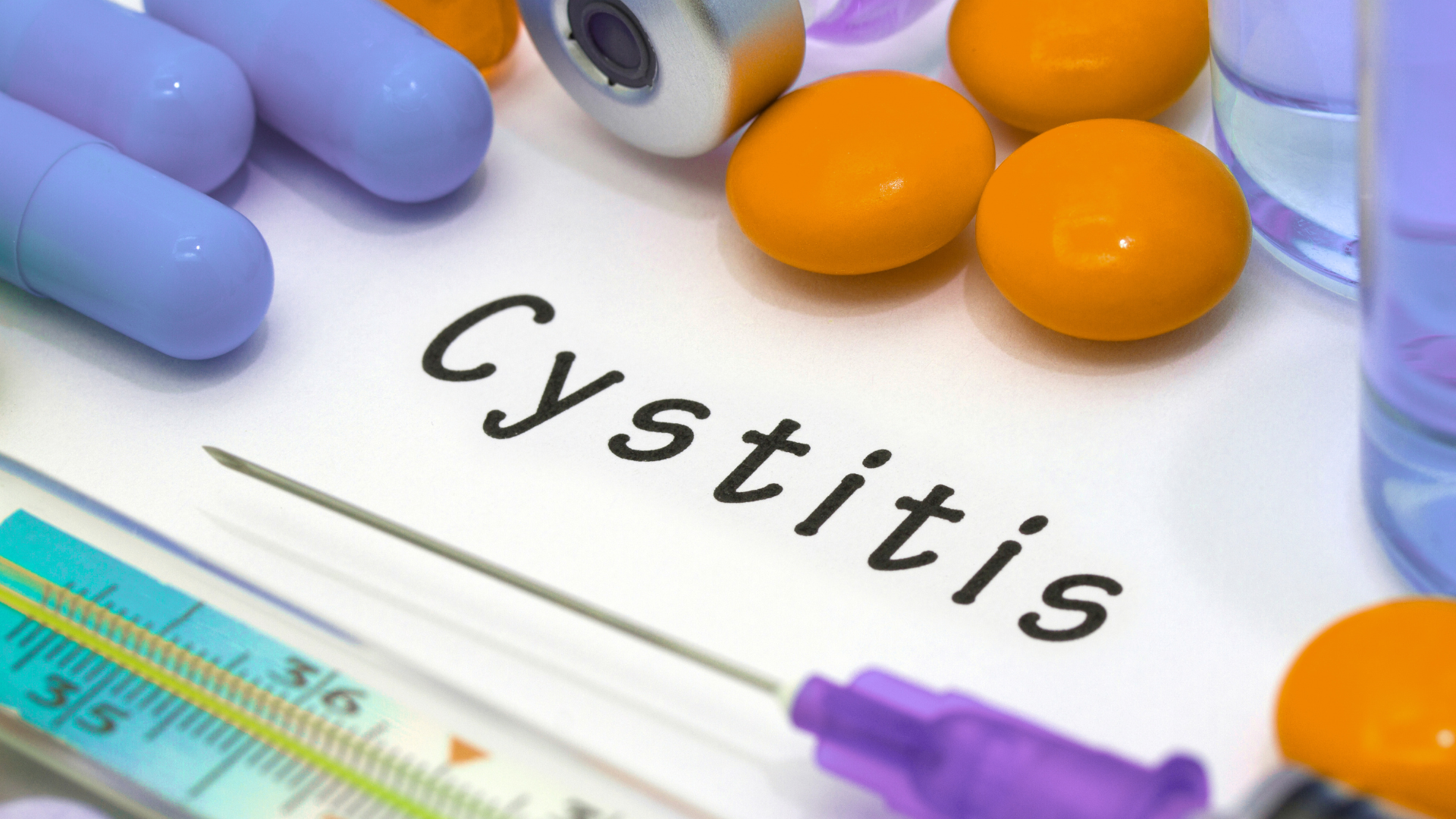BLADDER ISSUES

xxx
INCONTINENCE
Urinary incontinence means accidentally leaking urine. It can happen to anyone, but it’s more common in women and older adults.
There are several reasons why this can happen:
- Weak pelvic floor muscles – These muscles help control your bladder. If they’re weak, it can lead to leaks.
- Nerve problems – If the signals between your brain and bladder don’t work right, you might not be able to control when you go.
- Weak sphincter muscles – These muscles keep urine from leaking out, and if they’re not strong enough, it can cause problems.
- Other health conditions – Things like diabetes, urinary tract infections, or nerve diseases can also lead to incontinence.
- Pregnancy and childbirth – These can put a lot of strain on the muscles that support the bladder, sometimes causing leaks later.
- Prostate issues in men – An enlarged prostate or prostate surgery can affect how well the bladder works and cause leaks or changes in urination.
If you're having any of these issues, it's a good idea to talk to a doctor. There are treatments that can help improve your bladder control and quality of life.
xxx
INTERSTITIAL CYSTITIS
Interstitial cystitis (IC), also known as bladder pain syndrome, is a long-term condition that causes ongoing pain and discomfort in the bladder area. People with IC often feel pressure or soreness in their lower belly or pelvis, and may need to urinate frequently or urgently. It can affect both men and women.
Doctors aren’t exactly sure what causes IC, but it can really interfere with daily life. That’s why it’s important to talk to a healthcare provider and find the right treatment and support to help manage the symptoms.
xxx

OVERACTIVE BLADDER
Overactive bladder (OAB) is a common urological condition that leads to sudden and frequent urges to urinate, making it difficult to control bladder function.
Individuals affected by OAB often find themselves needing to pass urine numerous times throughout the day and night, disrupting their daily routine and affecting their quality of life. The urgency to urinate associated with OAB can be intense and unpredictable, occurring at any moment and catching the individual off guard.
Fortunately, there are various treatment options available for managing OAB, ranging from simple behavioral modifications to medications and even nerve stimulation techniques, all aimed at restoring bladder control and alleviating the bothersome symptoms.
URINARY TRACT INFECTIONS
A UTI, or urinary tract infection, is a common condition that can affect various parts of the urinary system, such as the bladder, urethra, and even the kidneys.
When a UTI occurs, individuals may experience a range of uncomfortable symptoms, including painful urination, a persistent urge to urinate frequently, and discomfort in the lower abdomen. Recognizing these signs is crucial, as prompt medical attention and treatment are necessary to prevent complications and ensure a quick recovery.
If you suspect you may have a UTI, it is important to seek professional help and guidance from a healthcare provider.
xxx



